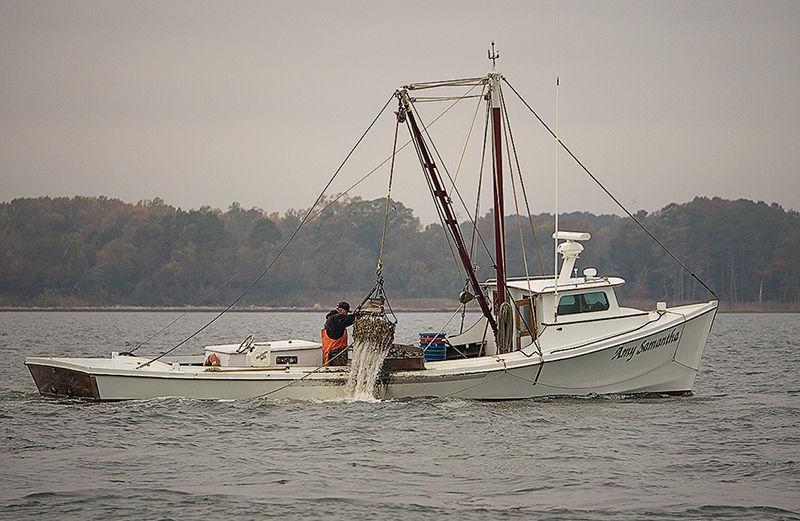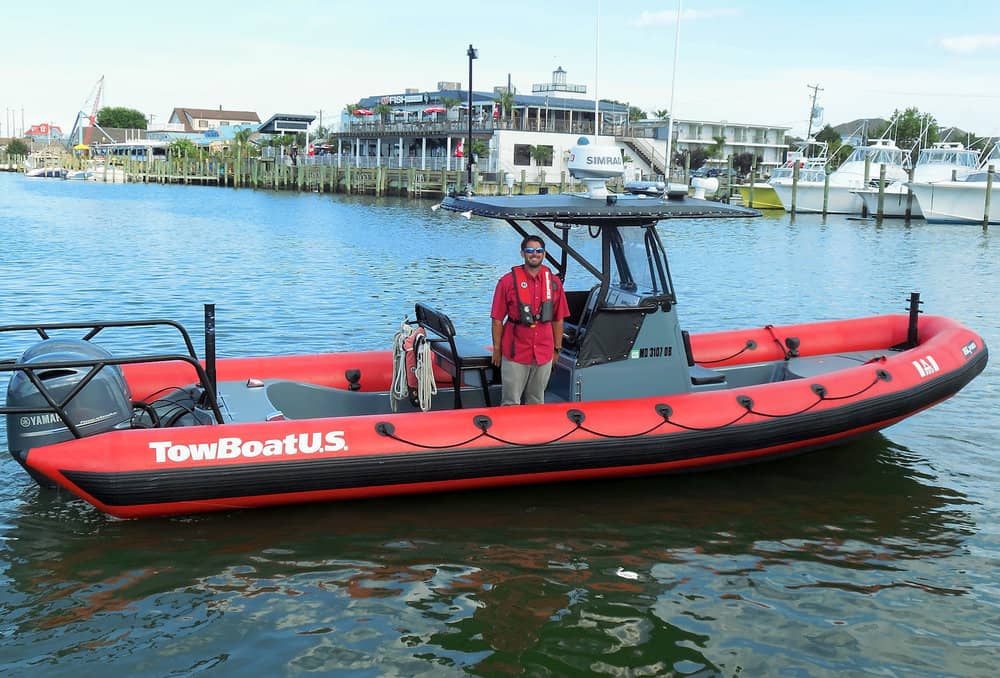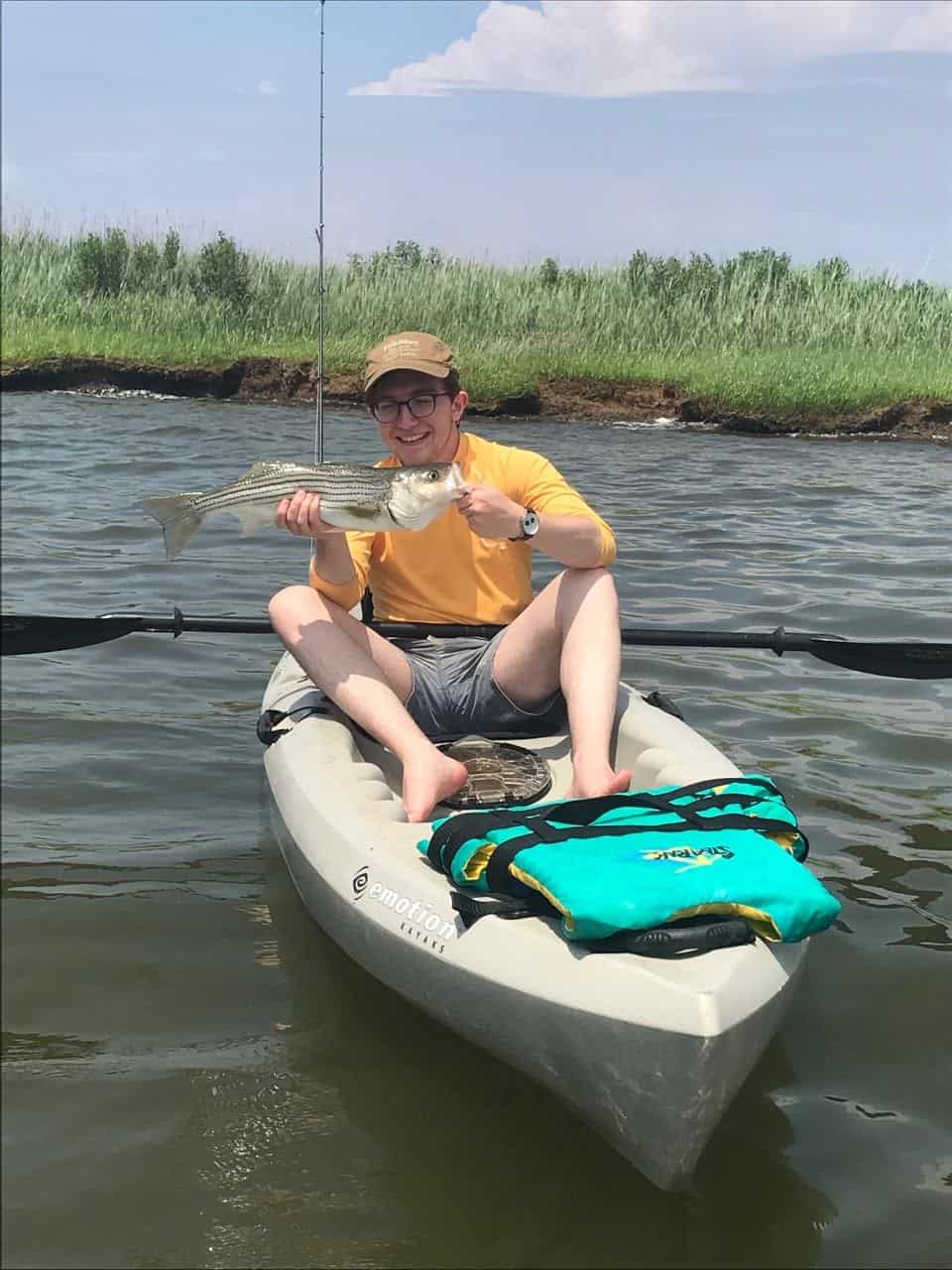By Timothy B. Wheeler, Bay Journal News Service
With Virginia watermen enjoying their most bountiful wild harvest in 35 years, state fisheries managers have agreed to extend the season by two weeks.
The Virginia Marine Resources Commission (VMRC) voted unanimously to allow wild oyster harvests for an extra 10 working days in areas where commission staff judged the bivalve populations abundant enough to withstand additional fishing pressure.
The move follows a decision Feb. 1 to extend harvests in parts of the James and Rappahannock rivers that had been due to be closed then. Those areas are not getting an additional extension, but more harvest will be allowed in seven other smaller areas around the lower Chesapeake Bay. Depending on the type of gear used, oyster harvests in some areas due to be closed Feb. 28 will now be permitted until mid-March, while others can go until mid-April instead of concluding at the end of March.
Andrew Button, deputy chief of shellfish management, told the commission that the state’s oyster stock was in its best shape in decades. But he urged them to limit any further extensions to no more than two weeks to keep it that way.
“We are on track to harvest for the first time since 1987-88 over 300,000 bushels, likely,” Button said. If achieved, that would be a 50 percent increase over last year’s wild harvest of about 200,000 bushels.
“We’ve had a great oyster season, and it’s still going strong,” said J.C. Hudgins, head of the Virginia Waterman’s Association. “It’s been good everywhere we go.”
Looking back, it’s quite a turnaround. Harvests that numbered in the millions of bushels around 1900 gradually declined and then plummeted in the late 1980s after two parasitic oyster diseases, Dermo and MSX, flared up, devastating bivalve populations throughout the Chesapeake Bay. Landings in both Virginia and Maryland hit record lows about 20 years ago and have since been gradually recovering amid evidence that the diseases have abated.
Both states have also been engaged for about a decade in large-scale oyster reef restoration projects which take place within sanctuaries set aside from harvest—five in each state. Costing $82 million so far, those projects are more than two-thirds complete and on track to be finished by 2025, Button said Wednesday in a presentation to a group of Bay fisheries experts.
The two states also underwrite replenishment of public oyster reefs regularly open to wild harvest by license holders. In recent years, Virginia has spent $2.5 million annually to dredge ancient oyster shells from the James River and use them to replenish harvested reefs elsewhere.
Virginia fishery managers have also worked to maintain sustainable oyster populations for the wild fishery by rotating areas open for harvest and closely monitoring them to prevent depletion.
Button suggested there was a link between all those efforts and the rebound seen in Virginia’s oyster harvests. “I’m not saying there’s causation but correlation,” he noted.
Chris Moore, senior regional ecologist for the Chesapeake Bay Foundation, called the projected Virginia harvest “another promising sign that oyster populations are continuing to recover in the Chesapeake Bay and its tributaries.
“We are fortunate to now be able to contemplate harvest increases that benefit local economies and local seafood lovers,” Moore added. But he urged caution, saying that the Bay’s oyster population is “still in the very early stages of a comeback.”
Wild oyster harvests in Maryland have experienced a rebound similar to Virginia’s, with watermen reporting a 35-year high in landings of 511,000 bushels for the six-month season that ended March 31, 2022. That surge has benefited from unusually good natural reproduction in some recent years.




